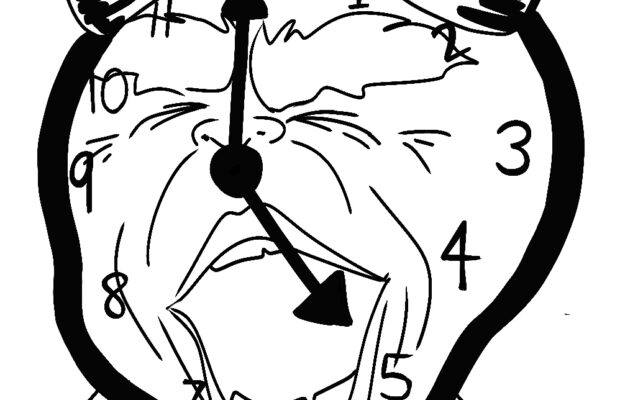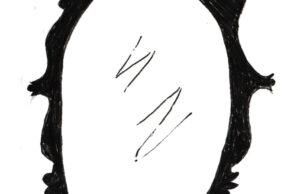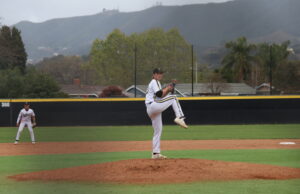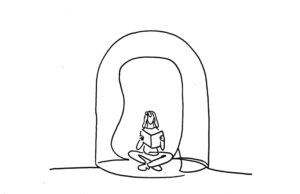Daylight savings should be discontinued

I remember waking up one Sunday morning when I was seven or eight years old, and going to wake up my parents. I walked down the hall to their bedroom to find that the clock read 6:00am. My mom awoke and groggily told me to go back to sleep, that was daylight savings time, time to “fall back.” I began to love falling back every November, the extra hour of sleep, the sun waking me up in the morning. But I learned to dread “springing ahead” every March, walking up earlier and having to adjust to early mornings.
Now that the novelty has worn off, I have grown to hate daylight savings time. It takes days, if not a full week for my circadian rhythm to readjust. It is a sensation comparable to jet lag without the fun vacation to make it all worth it.
Daylight savings was first adopted by the United States in 1918 as an energy saving measure during World War I, but the measure was revoked a year later. It was implemented again during World War II. Afterward, states switched between daylight savings time and standard time at will, creating clock confusion. In 1966, Congress passed the Uniform Time Act, which implemented universal start and end times for daylight savings each year. Every state adopted it except Hawaii, which deemed it unnecessary due to their proximity to the equator, and Arizona.
Currently, we are back to standard time, where the sun rises early and sets early. In the spring, we will fall back, and lose an hour of sleep. Unfortunately, losing this hour of sleep leads to casualties. This component of daylight savings has been correlated to an increase in fatal car accidents, according to the American Economic Association.
I prefer the springing forward, daylight savings time. Though it is difficult getting up before the sun in early fall, the extra light in the evening makes it worth it. During standard time in the winter, the sun sets so early, which leads to evening activities being held in the dark. Outdoor sports practices after Nov. 5 require the use of bright lights. Last winter, I had swim team practice in the dark, it was cold and dark and not very enjoyable. I was much more enthusiastic about practice when spring came, and the light lasted long into the evening, in stark contrast to the cold water and frigid outdoor temps of the winter night.
Though the process of turning the clocks back or forward and readjusting to a new time is not ideal, I would prefer to have the entire year in daylight savings time, as opposed to standard time. There are more hours of sunlight in the evenings and although the sun rises later, this is only an issue in the winter months, which I can deal with. The whole daylight savings process creates more problems than it fixes, causing accidents and creating inconveniences. Reverting to daylight savings time as the new standard time is a big step, but a necessary one.



